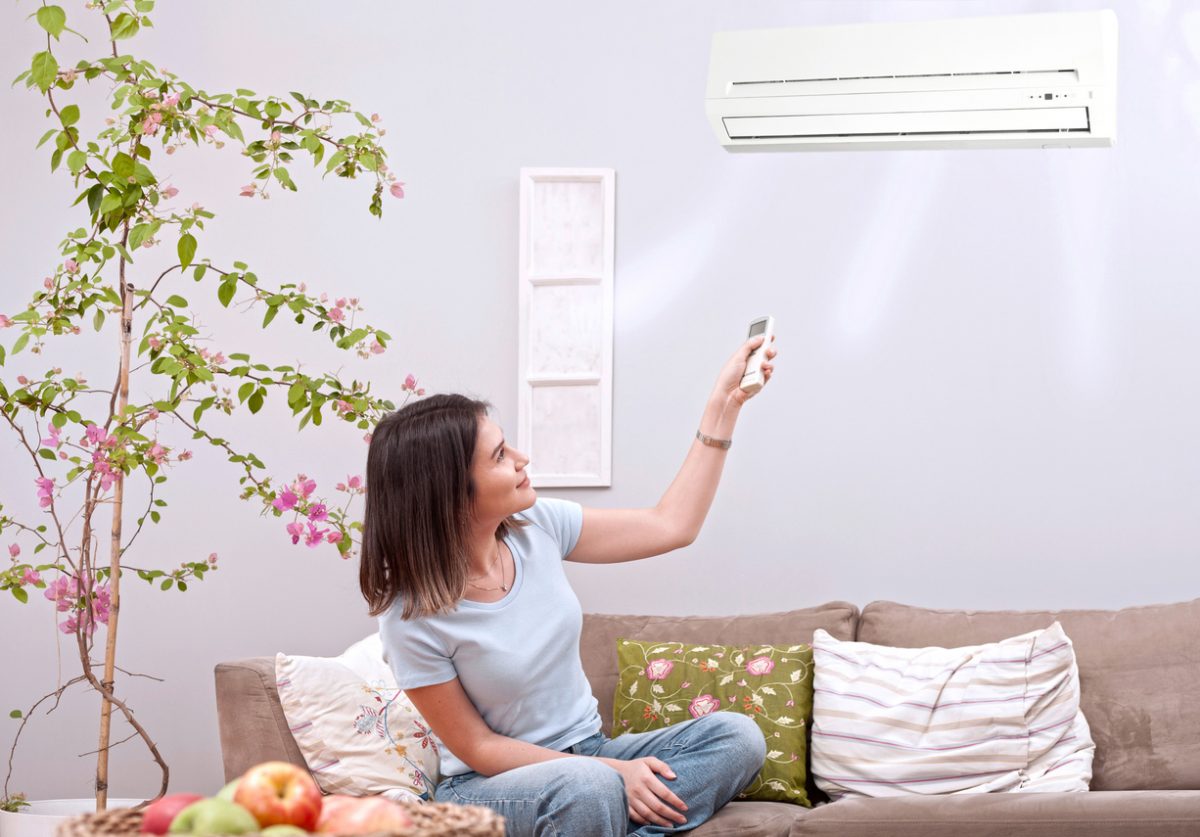If you are anticipating flooding in your area, it is important to know how to safely handle appliances that have been in a flooded home.
Flooding can cause serious damage to appliances and make them hazardous to operate, even if they look normal. If your home has been flooded or you are expecting flooding, follow these appliance safety tips, which include information from the Centers for Disease Control and Prevention and the American Red Cross.
- If the storm requires you to evacuate, unplug appliances except for refrigerators or freezers before leaving. Turn off gas and electricity if your home is damaged or if you are instructed to do so.
- Do not turn on or plug in any appliances after a flood, as doing so could cause an electric shock or fire.
- Flooding may cause gas appliances to move or break. Leave immediately if you smell gas or suspect a gas leak. Turn off the gas and leave the door open.
- Clean and sanitize all hard surfaces, including countertops, concrete, plumbing fixtures and major and portable appliances. This is critical to remove and to prevent mold. Use hot water and dish detergent to clean, and a capful of bleach in a gallon of water to sanitize. Wash your hands with boiled and cooled or sanitized water after cleaning.
- Wash any contaminated clothes in a laundromat or machine in a location that hasn’t been flooded if yours hasn’t been inspected, serviced and cleared for use.
Cleaning up after the flood
Cleaning up after a flood is a major project. These steps will help you speed up the process: - Use a dehumidifier to reduce humidity in your home. Your dehumidifier should be positioned in a dry area at least six inches from a wall. Avoid using extension cords to reduce the risk of electric shock. Open windows if the outdoor humidity is lower than the humidity in the house.
- If you use a wet-dry vacuum during cleanup, follow all manufacturers’ directions to avoid electric shock. Be prepared to replace your appliances after the flood. While it’s possible that some may be recovered, don’t use them until they have been thoroughly inspected by an electrician or qualified technician who can assess whether they are safe to use.
- Your air conditioner will also help reduce indoor humidity. However, do not use your AC if it has been in contact with flood water.
- Use fans to improve ventilation and move humid air outside the home.
Subscribe to the AHAM Consumer Blog





